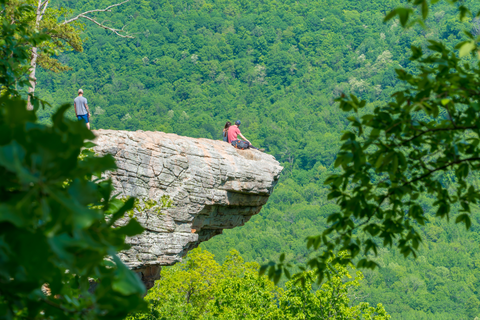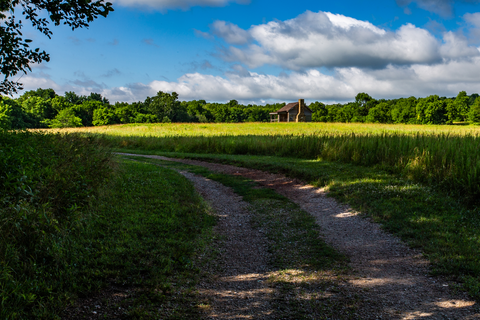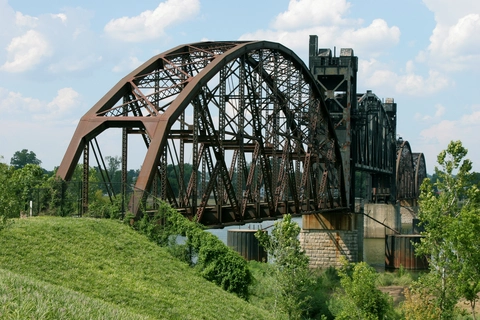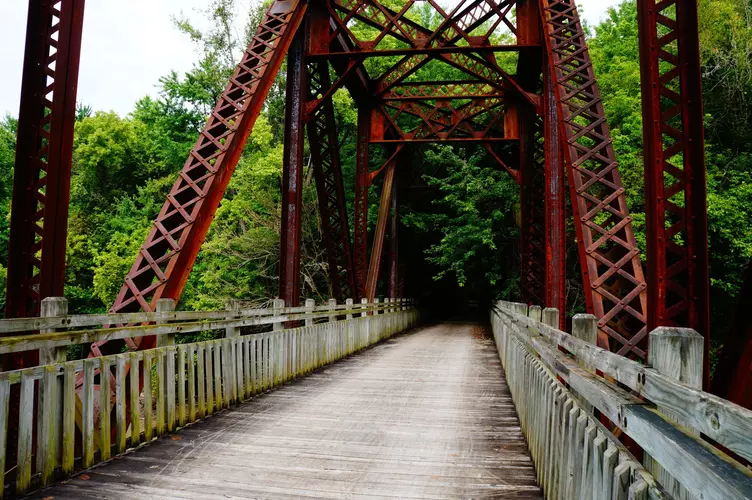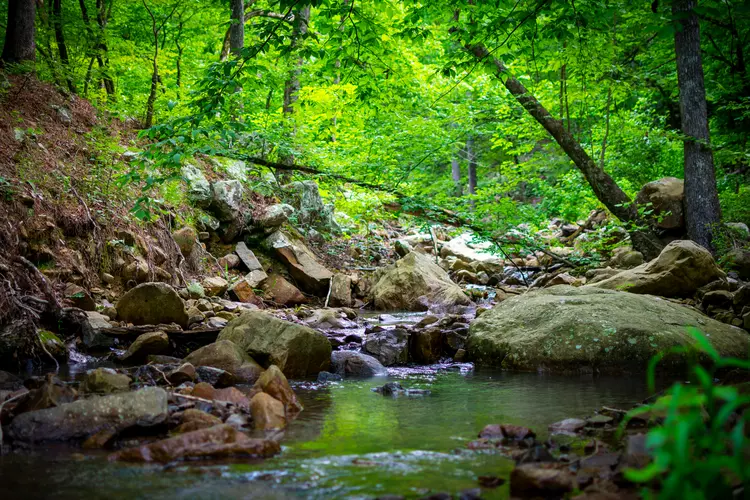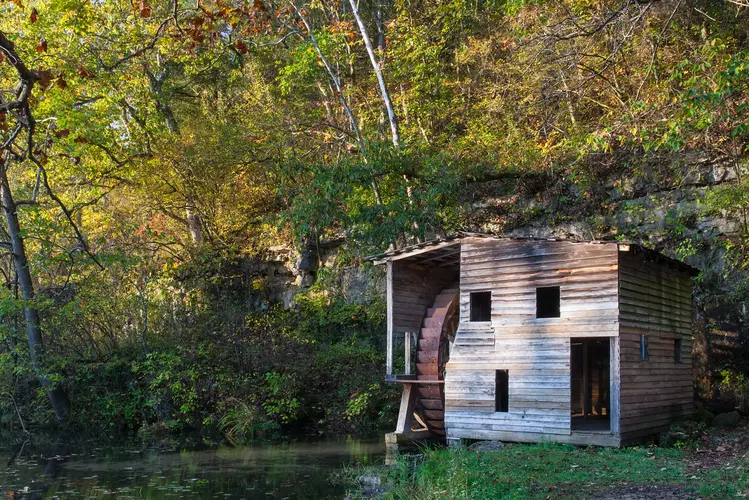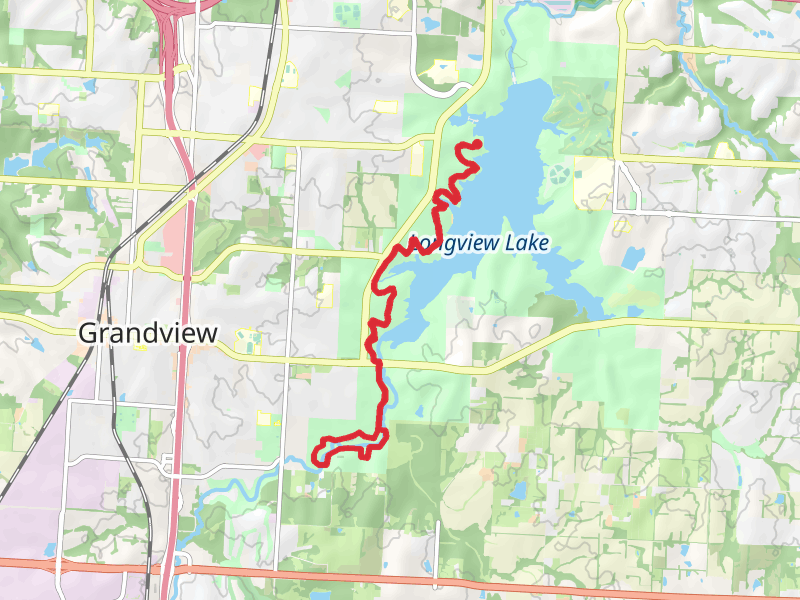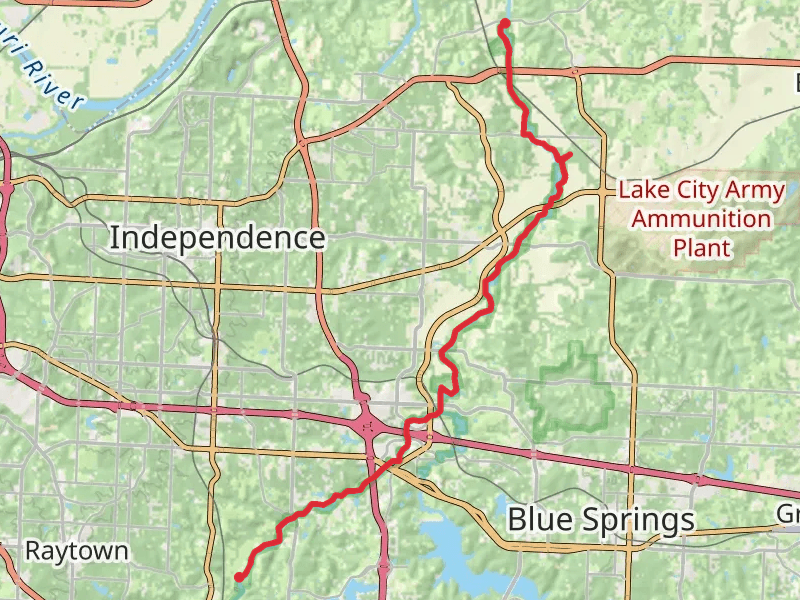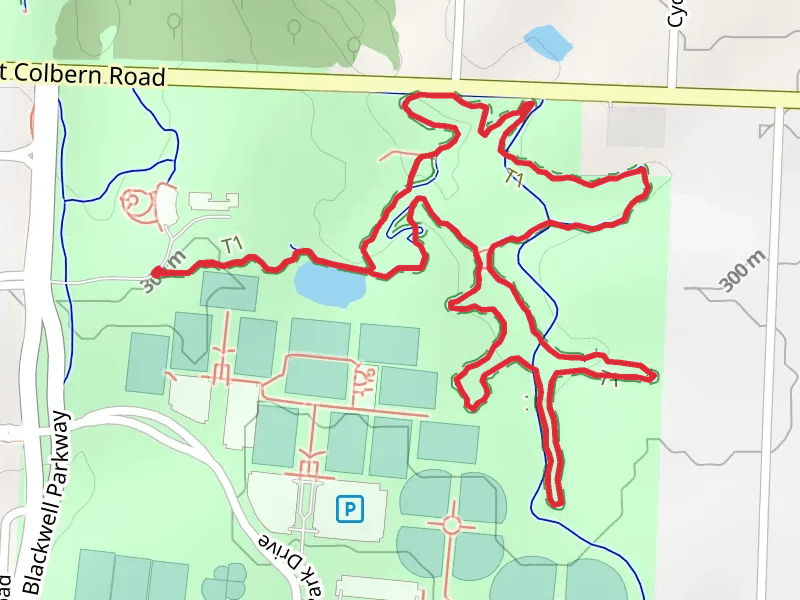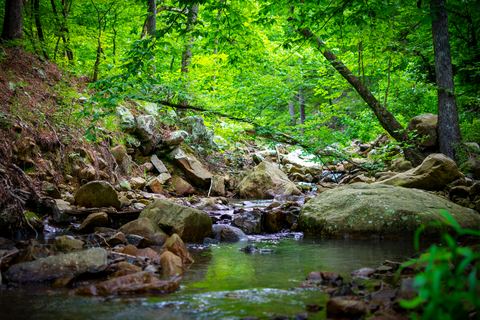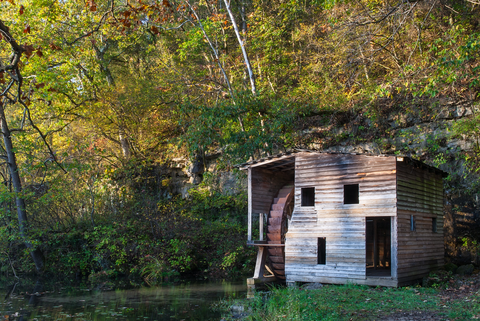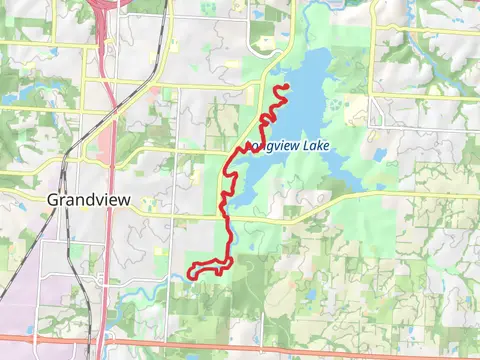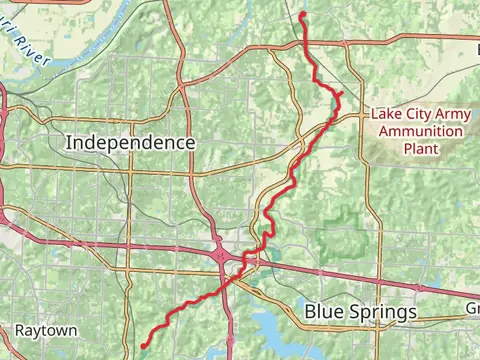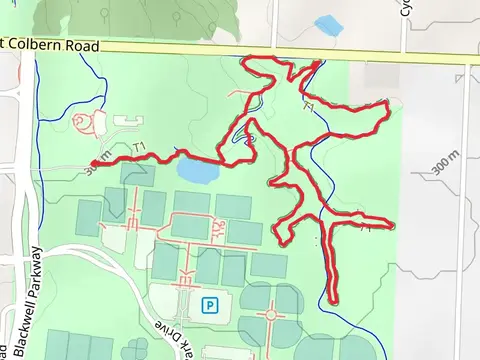"Missouri's trails unveil enchanting landscapes and diverse beauty, inviting adventurers to explore nature's wonders."
Missouri's trails offer a captivating blend of natural beauty and diverse landscapes, perfect for hikers of all levels. Explore the Ozark Trail's rugged beauty, where dense forests and serene rivers create a tranquil escape. Discover the breathtaking vistas at Taum Sauk Mountain, the state's highest point, or wander through the lush Katy Trail, a converted rail trail that stretches over 240 miles. Each path unveils unique flora, fauna, and geological wonders, inviting adventurers to immerse themselves in Missouri's enchanting wilderness.
Most popular hikes
FAQs about hiking in Missouri






More hikes in Missouri
by type

